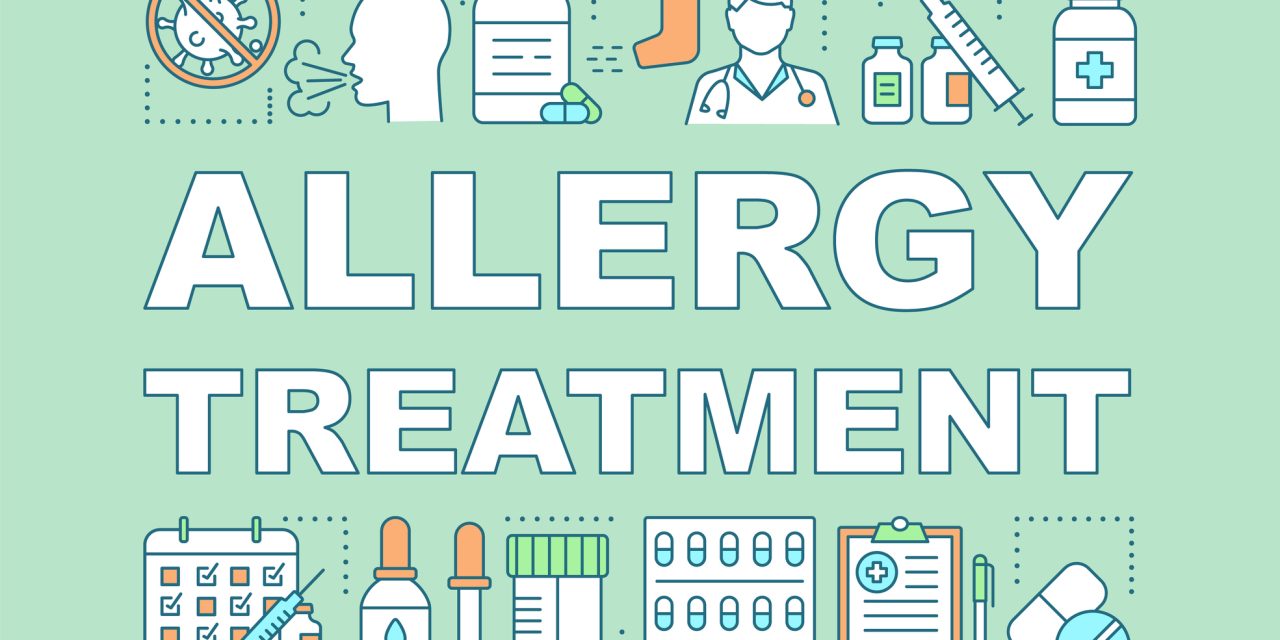Drug induced anaphylaxis is a well-known adverse drug reaction for some drug classes, but emerging drug causes of anaphylaxis and novel mechanisms may contribute in unrecognized ways.
We sought to determine the top drugs reported in association with anaphylaxis and anaphylaxis followed by death in the FDA Adverse Event Reporting System (FAERS).
We reviewed the publicly available FAERS database from 1999-2019. Using search terms “anaphylactic shock” or “anaphylactic reaction” and sorting cases by generic drug names, we counted and trended reports to FAERS in which a drug was associated with anaphylaxis or anaphylaxis followed by death.
From 1999-2019, there were 17,506,002 adverse drug events reported in FAERS, of which 47,496 (0.27%) were reported as anaphylaxis. Excluding patients without age, sex, or country data, respectively, the median age of patients in reports of anaphylaxis was 52 [IQR: 28], 62.71% were female, and 13,899/34,381 (40.43%) reports were from the US. There were 2,984/47,496 (6.28%) reports of anaphylaxis followed by death. Top drug classes associated with anaphylaxis in FAERS were antibiotics, monoclonal antibodies (mAbs), NSAIDs and acetaminophen. Top drug classes associated with anaphylaxis deaths were antibiotics, radiocontrast agents and intraoperative agents. Linear regression demonstrated reports of anaphylaxis to mAbs increasing at an average rate of 0.77 percent of total anaphylaxis reports per year (95% CI: 0.65, 0.88) from 2.00% in 1999 to 17.37% in 2019, faster than any other drug class.
Antibiotics were highly reported for anaphylaxis overall and anaphylaxis followed by death. Increasing reports were noted for anaphylaxis to monoclonal antibody therapies.
Copyright © 2020. Published by Elsevier Inc.
Emerging Causes of Drug-Induced Anaphylaxis: A Review of Anaphylaxis-Associated Reports in the FDA Adverse Event Reporting System (FAERS).


